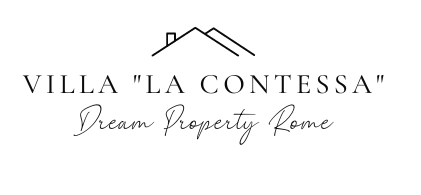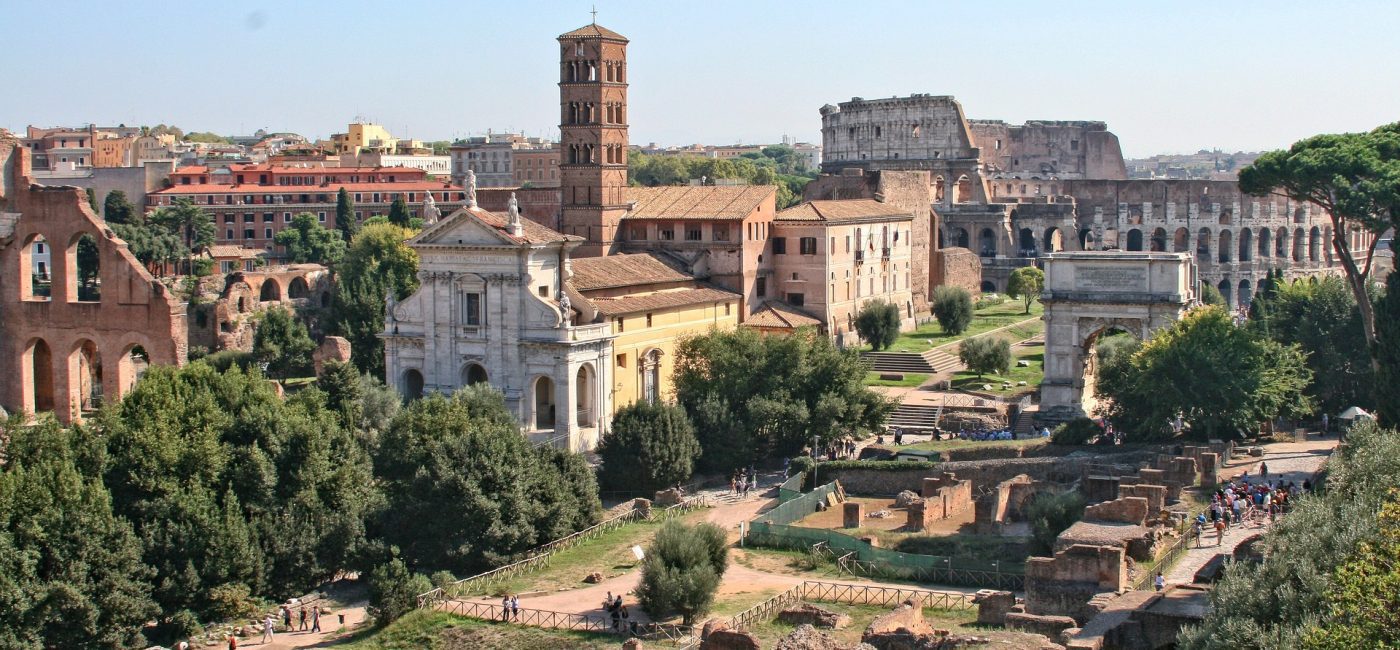Unraveling the Rich Tapestry of History in Rome’s Timeless Civic Center
Nestled between the Palatine and Capitoline Hills, the Roman Forum stands as an open-air museum, offering visitors a vivid glimpse into the heart of ancient Rome’s civic and cultural life. This sprawling archaeological site is a treasure trove of architectural marvels, each stone bearing witness to centuries of history. Join us as we embark on a journey through time, exploring the vibrant tapestry of the Roman Forum.
A Pinnacle of Ancient Civilization
The Roman Forum, or “Forum Romanum” in Latin, was the beating heart of the Roman Empire. Its origins trace back to the 7th century BCE, when it served as a marketplace and assembly area. Over the centuries, it evolved into the epicenter of Roman public life, witnessing grand ceremonies, political debates, and the comings and goings of citizens from all walks of life.
Architectural Splendors
One cannot help but be awestruck by the sheer grandeur of the structures that adorn the Forum. The iconic Arch of Septimius Severus, the majestic Temple of Saturn, and the resplendent House of the Vestal Virgins are just a few of the architectural gems that grace this ancient square. Each edifice is a testament to the skill and craftsmanship of Roman builders, whose legacy endures through the ages.
Temples, Basilicas, and Rostra
The Forum was home to a plethora of temples dedicated to various gods and goddesses, reflecting the deeply ingrained religious practices of ancient Rome. The Temple of Castor and Pollux, the Temple of Vesta, and the Temple of Antoninus and Faustina are among the most notable. Additionally, the Basilica Julia and Basilica Aemilia served as bustling centers of commerce and administration, bustling with merchants and magistrates.
The Rostra, a raised platform from which public speeches were delivered, played a pivotal role in shaping public opinion. It witnessed the impassioned orations of famed orators like Cicero and the political maneuverings of ambitious leaders.
The Senate House and Curia Julia
At the heart of Roman governance stood the Senate House, where the most influential figures of the Republic convened to deliberate on matters of state. The Curia Julia, a magnificent building, was the last iteration of this significant structure. Today, its weathered remains evoke a sense of the weighty decisions that were made within its walls.
Layers of History Unearthed
Walking through the Roman Forum is akin to traversing through the strata of time. Layers of history are visible in the architectural styles, inscriptions, and the occasional statue or fragment that has withstood the ravages of time. From the republican era to the imperial age, every stone tells a story, and every pillar whispers of a bygone era.
A Living Legacy
The Roman Forum is more than a mere collection of ancient ruins; it is a living testament to the resilience, vision, and enduring legacy of ancient Rome. It invites us to step back in time, to imagine the bustling crowds, the clatter of chariots, and the resonant voices of Roman citizens.
In conclusion, the Roman Forum is a priceless window into the soul of ancient Rome. Its grandeur, its history, and its enduring relevance make it a must-visit for anyone seeking to understand the foundations of Western civilization. As you wander through this hallowed ground, may you feel the echoes of a bygone era and be inspired by the enduring spirit of this remarkable civilization.
An opportunity to own a villa with historical links to the Vatican
Welcome to Villa “La Contessa”, an enchanting sanctuary nestled in the heart of Rome. This exquisite estate offers a tranquil escape from the bustling city life, combining luxurious family living with breath-taking gardens. Steeped in history and intricately connected to the Vatican, this remarkable property complex lies just moments away from the awe-inspiring St. Peter’s Basilica, spanning an expansive 3 hectares (30,000 sq m) of land.
What truly distinguishes this estate, however, lies hidden behind an iron-cast gate—a precious secret that unveils catacombs deep beneath the grounds. These catacombs hold the remains of two Popes, known as “Two Feliks.” In 274 AD, Pope Felix I was interred there, followed by the addition of the remains of Pope Felix II in 365 AD, infamous for being an antipope. The historical significance of these catacombs has resulted in the keys to the gate being entrusted to the Vatican’s archaeological team – Read more

